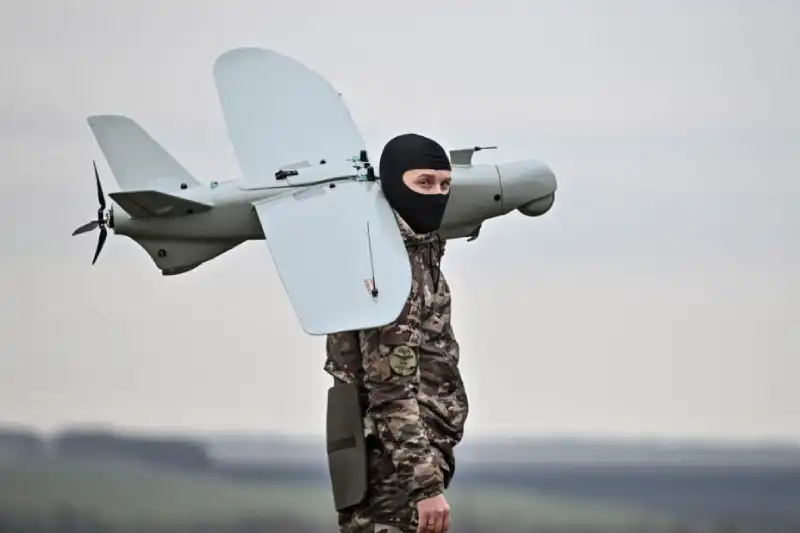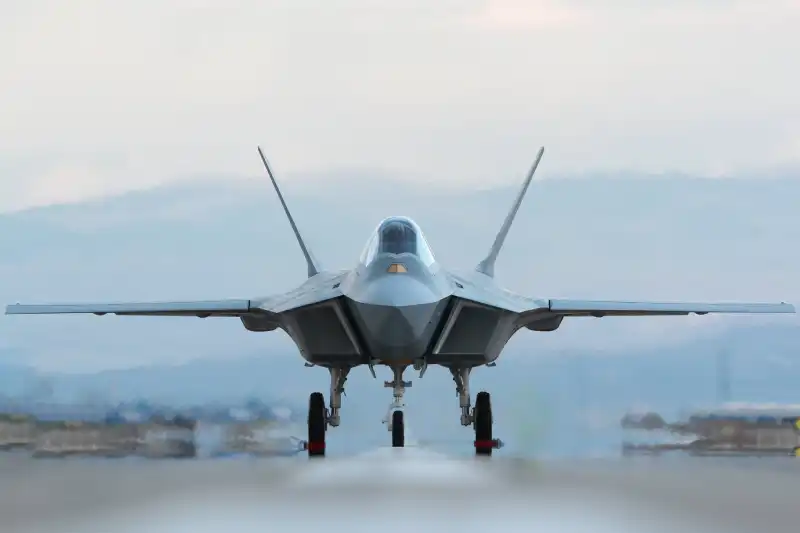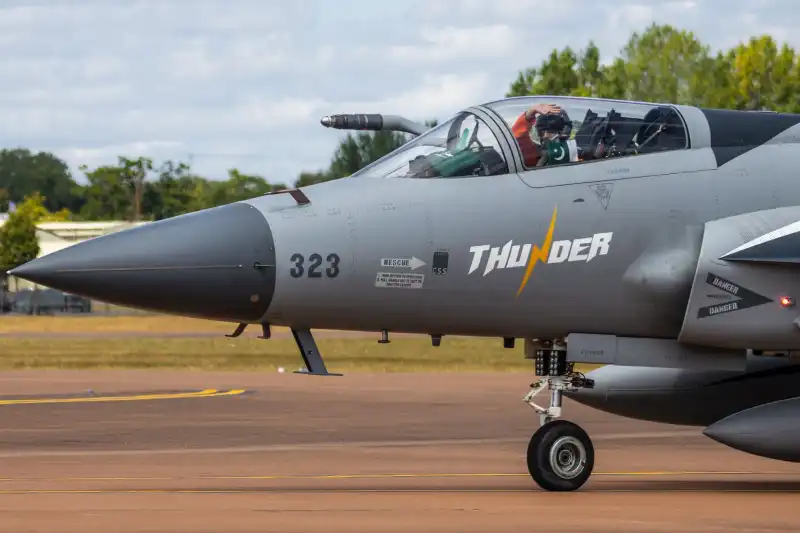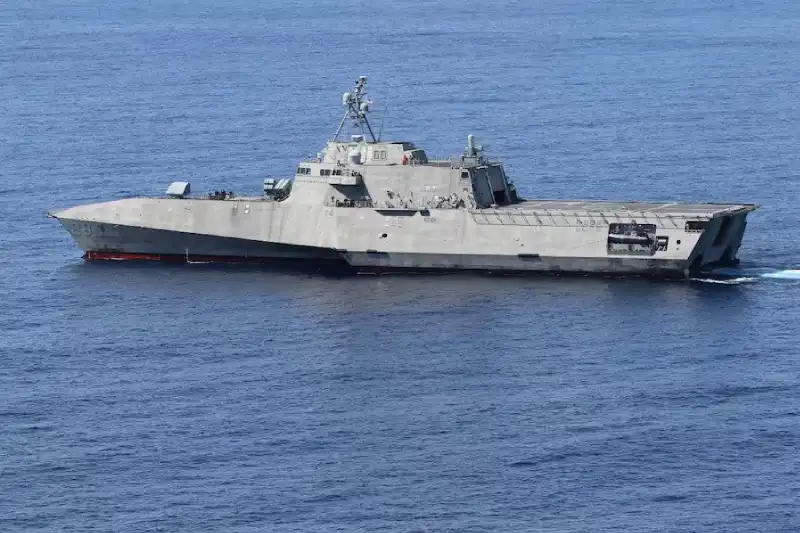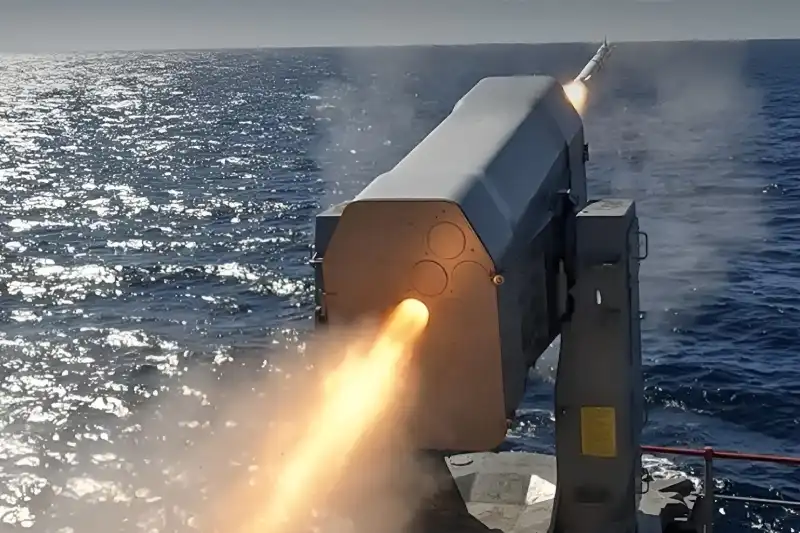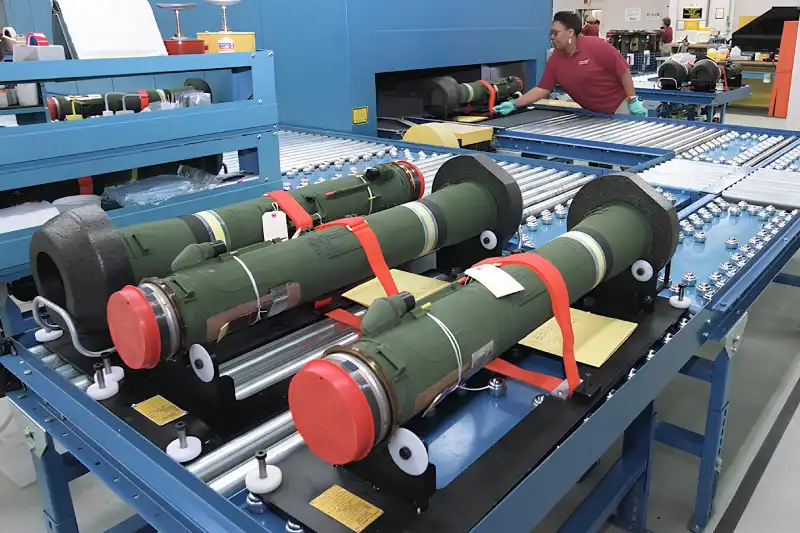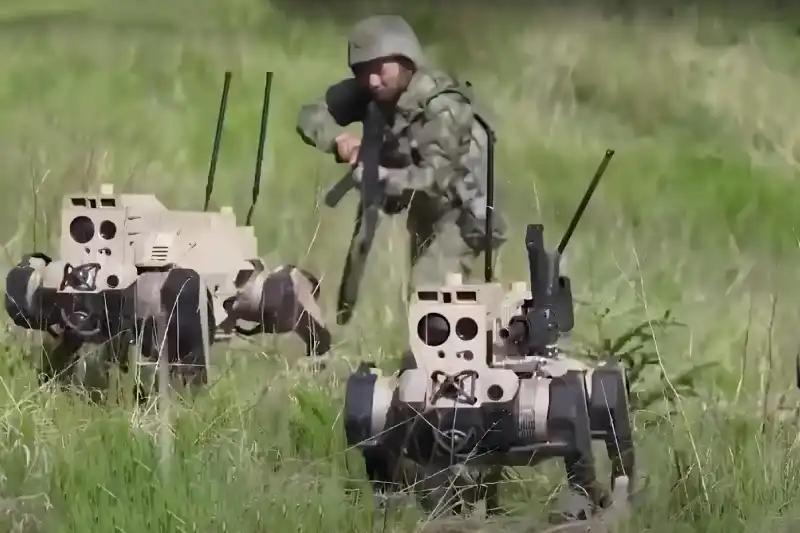Turkiye Officially Orders 6th KAAN Fighter Jet Prototype
Türkiye has reached a significant milestone in its indigenous defense capabilities with the announcement that the Presidency of Defense Industries (SSB) has placed an order for the sixth prototype of the KAAN fifth-generation fighter jet. This latest development in the Türkiye KAAN fighter jet program represents a crucial step forward in the nation’s quest for defense self-sufficiency and positions the country among the elite group of nations developing advanced stealth aircraft.
Strategic Importance of the Sixth Prototype
The order for the sixth KAAN prototype enables Turkish Aerospace Industries (TAI) to accelerate critical testing phases that are essential for the aircraft’s development. According to defense industry sources, this additional prototype will facilitate parallel testing procedures including wind tunnel experiments, environmental stress trials, avionics validation, high-speed taxi tests, and comprehensive runway evaluations. These simultaneous testing capabilities are expected to significantly reduce the overall development timeline and bring the aircraft closer to operational readiness.
Technical Capabilities and Specifications
The KAAN represents Türkiye’s ambitious entry into the exclusive fifth-generation fighter aircraft market. Designed as a twin-engine stealth fighter, the aircraft incorporates cutting-edge technology that enables supersonic flight capabilities and advanced combat maneuverability. The fighter features a sophisticated stealthy airframe design with internal weapons bays, state-of-the-art avionics systems, and an impressive projected maximum speed approaching Mach 2.
With an expected combat range exceeding 1,000 kilometers, the KAAN is engineered to perform dual roles in both air superiority and precision strike missions. This versatility makes it a formidable addition to modern air forces and positions it as a competitive alternative in the global fighter aircraft market.
Development Timeline
The KAAN program’s origins trace back to 2010, when Türkiye first conceived the project as part of its broader defense modernization strategy. The program gained increased urgency following Türkiye’s removal from the U.S. F-35 program in 2019, which resulted from Ankara’s decision to purchase the Russian S-400 air defense system. This geopolitical development forced Türkiye to accelerate its indigenous fighter development efforts.
A major breakthrough occurred in 2024 when the first KAAN prototype successfully completed its maiden flight, achieving this milestone two years ahead of the original schedule. The inaugural flight lasted 13 minutes over Ankara and was celebrated as a landmark achievement in Türkiye’s aerospace ambitions.
Engine Development and Future Blocks
One of the most critical aspects of the KAAN program involves the development of a fully indigenous engine system. Currently, the aircraft utilizes US-made General Electric F110 engines, but future production blocks are planned to transition to Turkish-developed powerplants. According to Turkish defense officials, the domestic engine integration process is progressing according to schedule.
The program’s phased development approach includes distinct production blocks with progressively advanced capabilities. Block 30 and Block 40 variants are specifically designed to incorporate the homegrown engine technology, with comprehensive test flights and validation procedures planned as the technology reaches maturity.
Global Context and Competition
The development of fifth-generation fighter aircraft remains limited to a select group of nations worldwide. The United States leads this exclusive market with its F-22 Raptor and expanding fleet of F-35 Lightning II aircraft. China and Russia follow with their respective J-20, J-35, and Su-57 programs. Türkiye’s KAAN program represents a significant achievement for a NATO member nation in developing a comparable platform independently.
Export Potential
Beyond meeting domestic defense requirements, Türkiye envisions the KAAN as a potential export platform for nations seeking advanced fighter technology outside traditional Western suppliers. Early reports indicate that several countries, including Azerbaijan, Indonesia, and Ukraine, have expressed preliminary interest in the aircraft as they pursue air force modernization programs.
This export potential aligns with Türkiye’s broader geopolitical strategy to expand its influence across the Middle East, Central Asia, and Africa while maintaining its strategic position within NATO.
Don’t miss this: PAF’s JF-17 Thunder Block III Steals Spotlight at UK Airshow
Production and Operational Timeline
The SSB has announced that deliveries of the KAAN fighter to the Turkish Air Force will commence in phases following the completion of prototype testing. Each production block will incorporate increasingly sophisticated capabilities, reflecting the program’s evolutionary development approach.
The aircraft’s phased development and integration into the Turkish Air Force are projected to continue through the early 2030s, with full operational capability expected by 2035. This timeline positions Türkiye to field a fully operational fifth-generation fighter force within the next decade.
The order for the sixth KAAN prototype represents more than a simple procurement decision; it symbolizes Türkiye’s determination to achieve technological independence in critical defense sectors. As the program progresses toward operational status, the KAAN stands as a testament to Turkish engineering capabilities and strategic vision in an increasingly complex global security environment. The success of this indigenous fighter program will likely influence Türkiye’s position in both regional and international defense markets for decades to come.
Join us on Facebook, Twitter, YouTube, Instagram, and TikTok for real-time coverage of defense events worldwide.
Discover more from International Defence Analysis
Subscribe to get the latest posts sent to your email.


